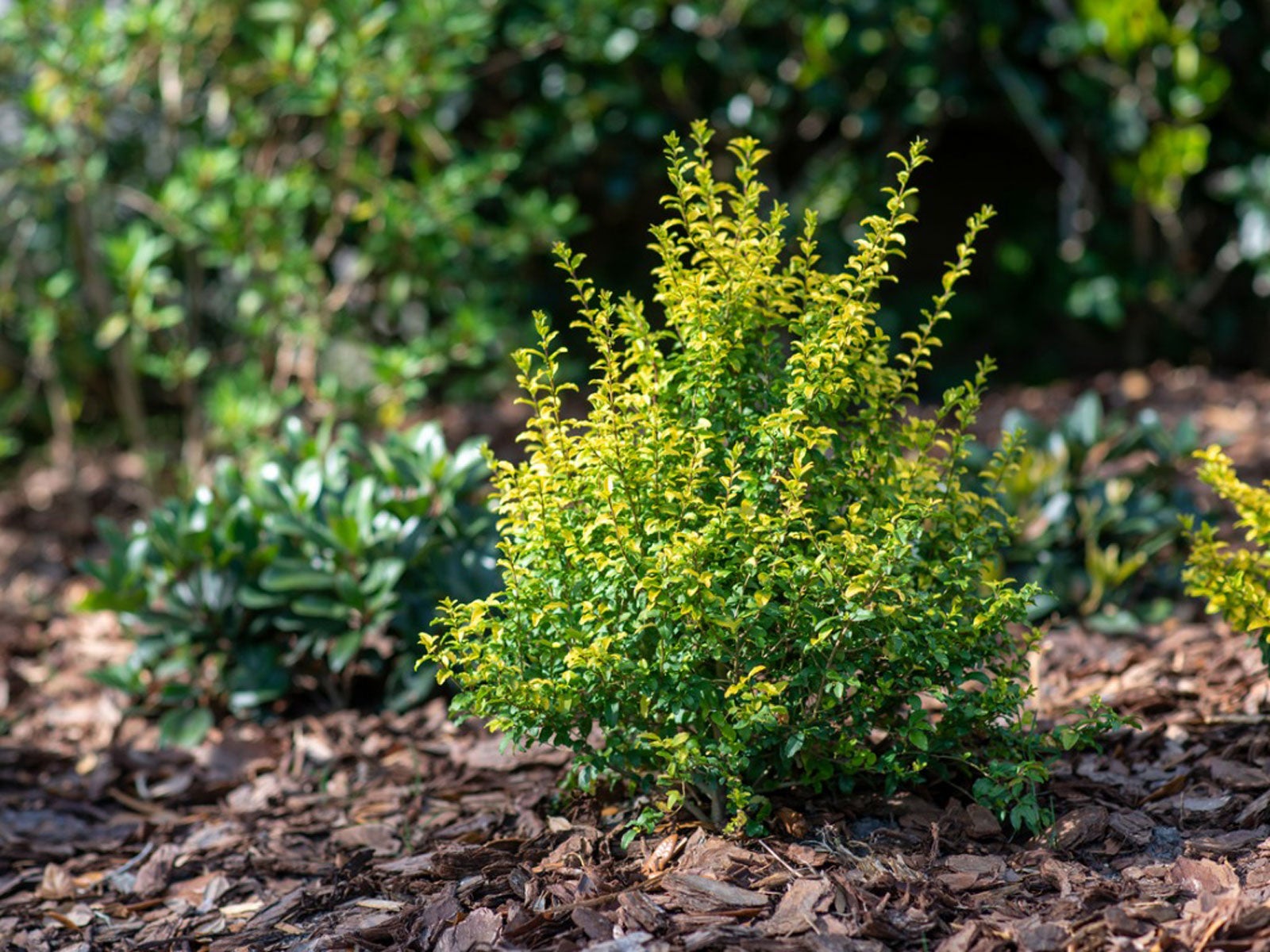Boxwood Alternatives: Growing Substitutes For Boxwood Shrubs


Boxwood is an extremely popular low maintenance shrub in the home landscape. In fact, one of the primary complaints about the plant is how frequently used it is. There are also some very destructive diseases that attack it. You may be in the market for substitutes for boxwood to make your yard unique or to avoid pest issues. Happily, there are many alternatives to boxwood.
Appropriate boxwood replacements come in different sizes and hues. Read on for tips on great plants to replace boxwood shrubs.
Boxwood Replacements
Boxwood is a fabulous shrub when you are creating a garden, easy-care and tolerant of sheering and shaping. It is not without issues though. Pests are one. First, there was boxwood blight, then the box tree caterpillar was found to be decimating these foundation plants.
So, whether you are tired of boxwood or fighting boxwood pests, it may be time to consider boxwood alternatives. Plants to replace boxwood won’t be exactly like your boxwood shrubs, but they each offer some advantages.
Substitutes for Boxwood
One of the best alternatives to boxwood is inkberry (Ilex glabra), an evergreen holly. People love these plants as replacements for boxwood since they have a similar look. Inkberry has small leaves and a rounded habit that makes it look a bit like boxwood. In addition, the plants grow into a hedge faster than boxwood. They are low care and drought resistant too. It even has small white spring flowers that develop into black berries.
Another plant to consider is dwarf evergreen Pyracomeles Juke Box®. This plant can easily be mistaken for boxwood with its tiny, glossy leaves and small branches. It grows into a ball to 3 feet (1 m.) tall and wide.
Another of the fine boxwood alternatives is Anna’s Magic Ball arborvitae (Thuja occidentalis ‘Anna van Vloten’). It also has that nice, rounded habit that reminds you of boxwood and remains vibrant all year long. Anna’s Magic Ball is a bright, glowing shade of yellow only one foot (31 cm.) tall and compact.
Sign up for the Gardening Know How newsletter today and receive a free copy of our e-book "How to Grow Delicious Tomatoes".
Privets are great plants to replace boxwoods, too, but be sure to choose non-invasive varieties. A good choice is the Golden Vicary privet (Ligustrum x ‘Vicaryi’), which grows quite large, 12 feet (4 m.) tall and 9 feet (3 m.) wide. This plant grows faster than a boxwood and tolerates sheering into a formal hedge. The foliage is a standout yellow with a faint pink blush in fall and a deep purple hue in winter.
For a smaller non-invasive privet, go with Ligustrum ‘Sunshine’ which averages 6 feet (2 m.) tall and half as wide. Its small leaves give it the same texture as boxwoods.

Teo Spengler is a master gardener and a docent at the San Francisco Botanical Garden, where she hosts public tours. She has studied horticulture and written about nature, trees, plants, and gardening for more than two decades, following a career as an attorney and legal writer. Her extended family includes some 30 houseplants and hundreds of outdoor plants, including 250 trees, which are her main passion. Spengler currently splits her life between San Francisco and the French Basque Country, though she was raised in Alaska, giving her experience of gardening in a range of climates.